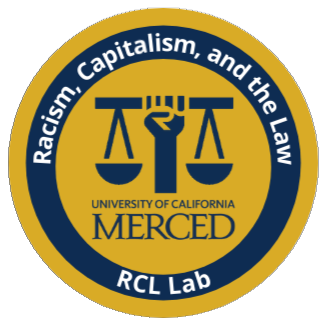Abstract
Research on crime and neighborhood racial composition establishes that Black neighborhoods with high levels of violent crime will experience an increase in Black residents and concentrated disadvantage—due to the constrained housing choices Black people face. Some studies on the relationship between gentrification and crime, however, show that high-crime neighborhoods can experience reinvestment as well as displacement of Black residents. In Washington, DC, we have seen both trends—concentration of poverty and segregation as well as racial turnover and reinvestment. We employ a spatial analysis using a merged data set including crime data, Census data, and American Community Survey (ACS) data to analyze the relationship between crime and neighborhood change at the Census tract level. Our findings demonstrate the importance of distinguishing between periods of neighborhood decline and ascent, between the effects of property and violent crime, and between racial change and socioeconomic change.


